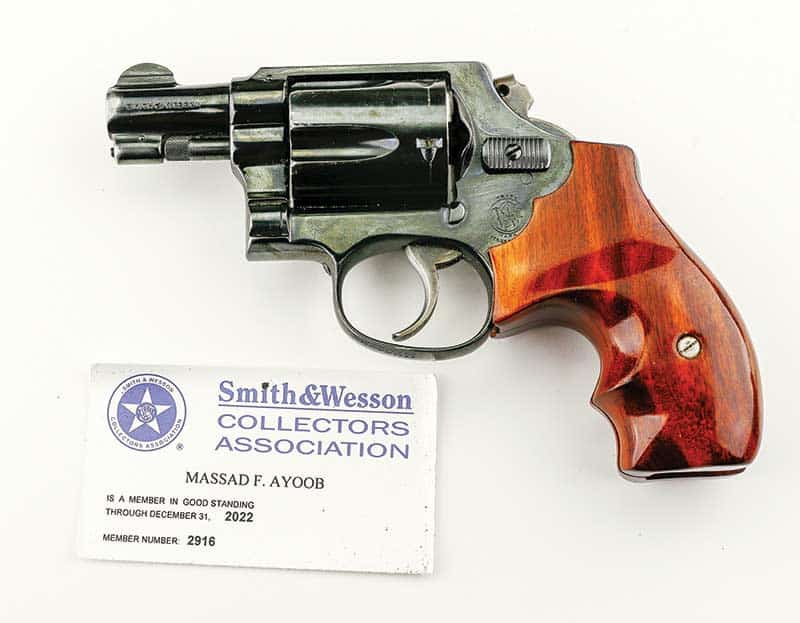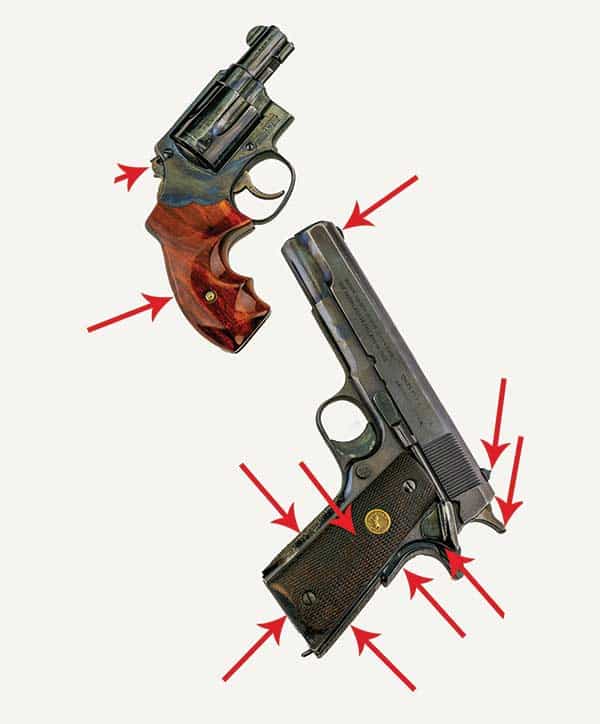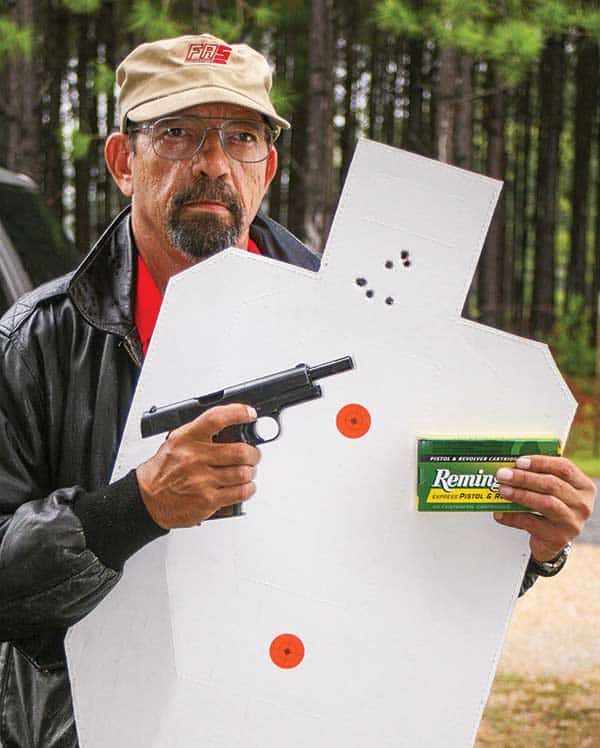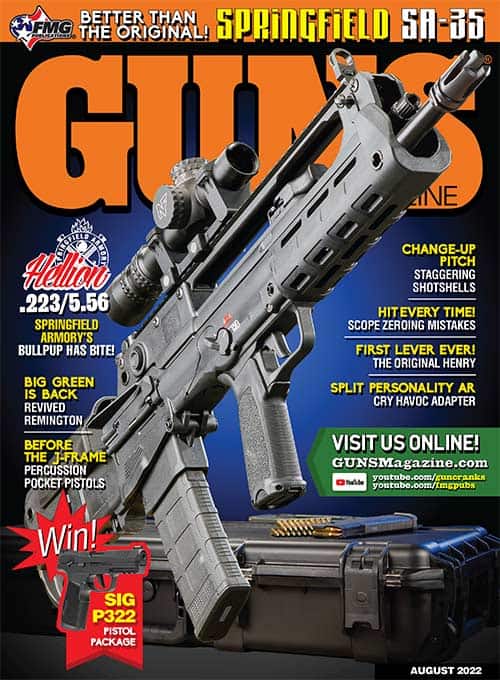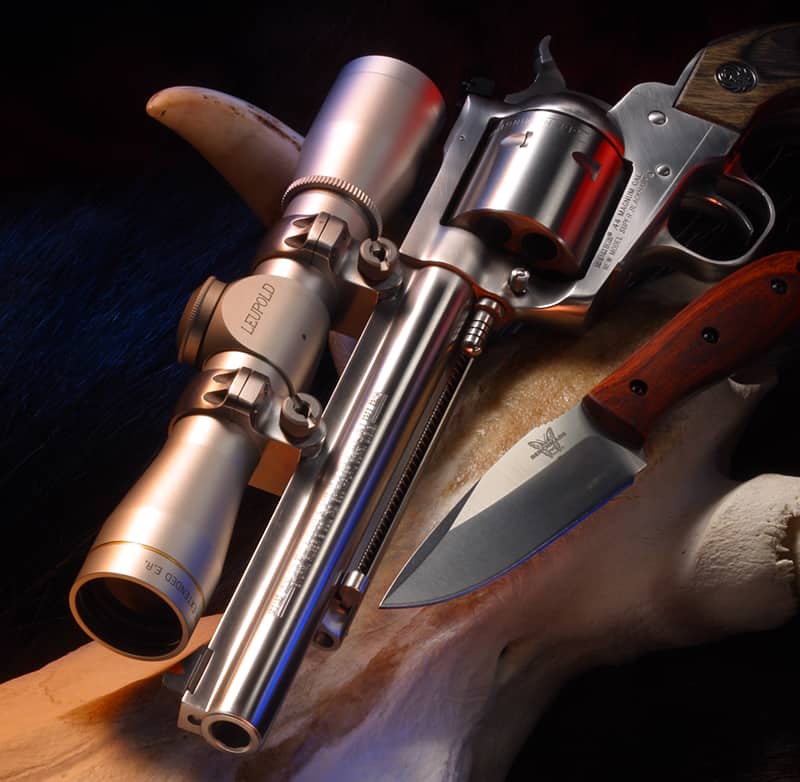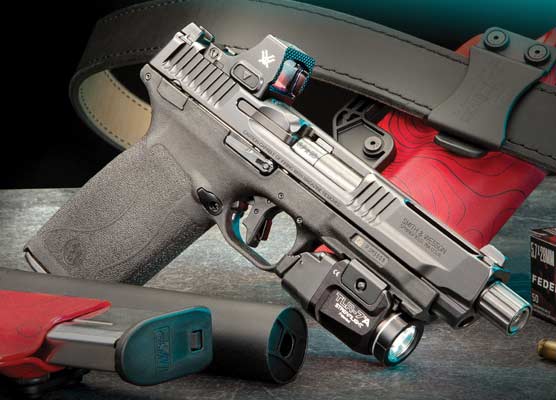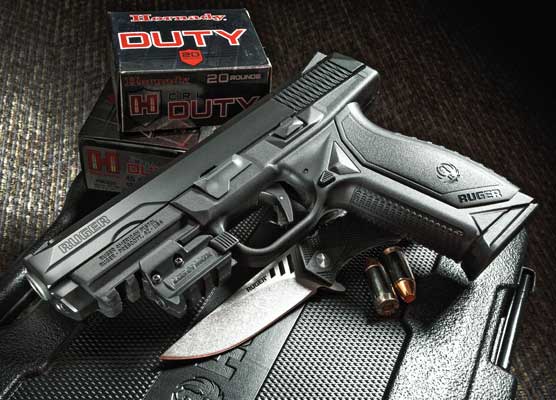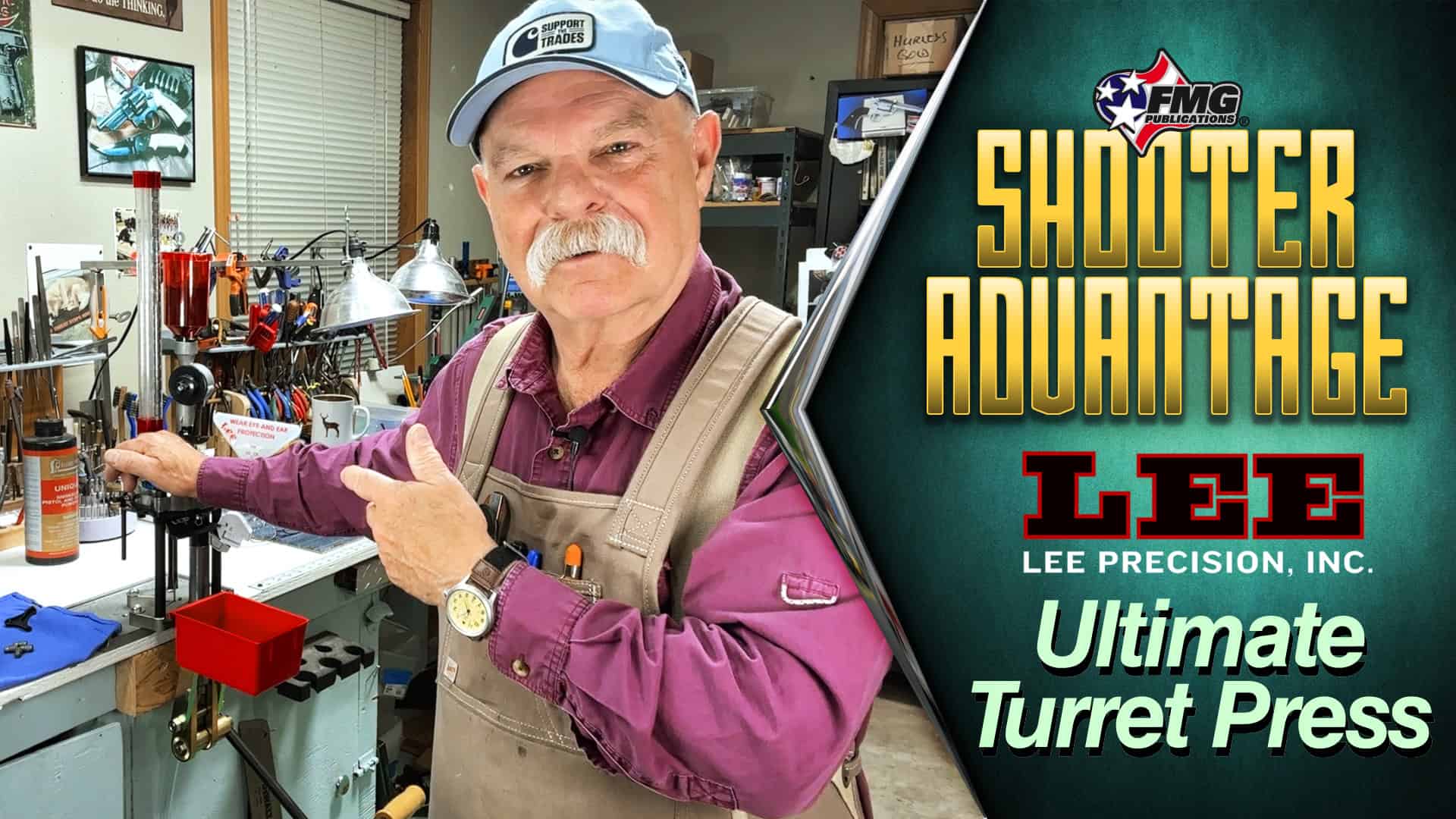What Were We Thinking?
Today’s custom project becomes
tomorrow’s ruined collectible
It was one of those benevolent reprieve moments. I had been scheduled for two trials that week — a murder case in the heartland and an attempted murder case in the Southeast — and poised for an intense five days of cross-examinations and an insane timeline involving red-eye flights. The prosecution in the first case offered a sweetheart plea bargain with no time served for a homicide, which the defendant couldn’t refuse, and a postponement of the second by the prosecution. I had some rare trigger time on my hands.
While safe-diving, I came across two handguns. Each had an emotional connection — and each had been significantly modified — and which, I knew now, both would have a helluva lot more cash value today had they been left alone.
A Baby Chief
One of those guns is what S&W collectors call a “Baby Chief” — the first production run of the Chief Special. This first .38 Special J-Frame had the round front sight, small trigger guard and the rectangular flat cylinder latch of the time. I had traded it from my friend and brother instructor John Farnam and for the life of me couldn’t remember what I’d swapped from my side. I wrote and asked him. John replied, “I have a really rusty memory of that transaction! It took place sometime in the 1980s at your house in NH, and I ended up with an S&W, J-Frame, M38 Bodyguard, Blue steel, gloss, 12773 A20, 1J22621 (two separate serial numbers). It’s currently in the possession of my youngest son, Rick, who is a physician in El Paso, TX.” John’s “rusty memory” is supplemented with good records, a lesson for us all!
When I got the .38 from John, it had already had its hammer bobbed and someone had done a very nice action job. Its factory stocks, which would go for three figures by themselves to a collector today, were long gone, replaced by someone’s copy of Craig Spegel’s iconic Boot Grips. The revolver itself remains in nice condition.
In original condition, this early Baby Chief would be worth beaucoup bucks. In current condition, less so. Back when it was modified, the bobbed hammer made it faster to draw and the grips made it easier to shoot fast and straight, so the “mods” were justified. Serial number 3754 indicates it left the factory in 1950 or ’51.
My First Colt 1911
My 1911 .45 auto Serial #194246 appears to have left the Colt factory in the year 1918. I suspect it too could tell many stories. Its story picks up with me in the year 1960, when I had been reading Jeff Cooper’s work in the gun magazines and told my dad I wanted nothing for my 12th Christmas but a Colt .45 automatic. Dad was skeptical but we went to Stan Sprague’s gun shop in Hooksett, NH. Stan took this Mil-Surp 1911 out of stock, we went out behind the shop, I fired my first shot from it one handed and said, “I like it, Dad!” It wound up under the Christmas tree, still my most memorable such holiday.
The price was $37.50. In my time with it, there were more stories. One of the most memorable was when I was a young cop. The truck driver I had pulled over was jerking a Savage Model 340 .30-30 rifle out from behind his seat, I outdrew him and made him drop it. I shot a match or two with it and carried it in my dad’s jewelry store going back to age 12.
In those days, we followed Jeff Cooper’s advice. I replaced the tiny sights with Colt Government Model sights, enameled bright yellow — better than the original 1911’s, to be sure, but even then not optimum. I put on a regular Colt Government thumb safety instead of the harder-to-reach flat original. I had the pistol reblued. The original barrel had been shot out with early GI corrosive ammo and it wound up with a Colt Mark IV barrel and bushing. Nolan Santy hogged out the butt for me to speed up reloads and gave it a good trigger job, new hammer, etc. The worn-flat original diamond grips were replaced multiple times, ending up with Colt Cold Cup stock panels. The frame was crudely checkered for better grasp.
There was a seemingly endless supply of GI .45s then and we modified them to shoot better, never thinking about future rarity or resale value. I look at what WWI-era 1911s sell for today and cringe at the memory of what I had done, but …
… The stories those modified guns could tell if they could talk are more important to us who lived those stories than the price of an unmodified old gun today.
And for that reason, I am unrepentant!
